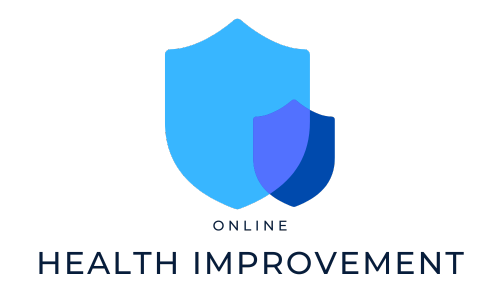Pediatric Eye Conditions: What Parents Need to Know
Introduction:
As a parent, ensuring the health and well-being of your child is a top priority. While regular check-ups with pediatricians are a common practice, many parents overlook the importance of comprehensive eye examinations for their children. Identifying and diagnosing eye conditions early is crucial, as it can prevent potential vision problems from developing further. In this article, we will outline some common pediatric eye conditions, their symptoms, and the importance of proactive care.
Amblyopia (Lazy Eye):
Amblyopia, commonly referred to as lazy eye, is a condition that occurs when there is a lack of coordination between the eyes and the brain. As a result, the brain favors one eye over the other, causing the underutilized eye to weaken. Symptoms may include poor depth perception, squinting, or frequent eye rubbing. Early detection and treatment, such as using an eye patch on the stronger eye, can improve the condition significantly.
Strabismus (Crossed or Misaligned Eyes):
Strabismus is a condition characterized by misaligned or crossed eyes. It occurs due to the improper functioning of the eye muscles, causing the eyes to point in different directions. This condition can have various causes, including a family history of strabismus, trauma, or certain medical conditions. Children with strabismus often experience double vision or difficulty focusing. Early intervention, commonly through the use of eyeglasses, corrective exercises, or in some cases, surgery, can help realign the eyes and restore normal vision.
Refractive Errors:
Refractive errors, such as nearsightedness (myopia), farsightedness (hyperopia), and astigmatism, are common pediatric eye conditions. Nearsightedness causes difficulty in seeing objects at a distance, while farsightedness affects near vision. Astigmatism results in blurred vision due to an irregularly shaped cornea. Children with refractive errors often complain of headaches, eye strain, or squinting. Corrective eyewear, such as glasses or contact lenses, can effectively improve vision and alleviate symptoms.
Ptosis (Drooping Eyelid):
Ptosis is a condition where one or both eyelids droop either partially or completely, obstructing the visual field. It can occur due to genetic factors, muscle weakness, or nerve damage. Children with ptosis may tilt their heads back or raise their eyebrows excessively to improve their vision. Surgical intervention is often necessary to lift and reposition the eyelids, allowing for better vision and improved appearance.
Conjunctivitis (Pink Eye):
Conjunctivitis, commonly known as pink eye, is an inflammation of the conjunctiva, the thin layer covering the front of the eyes and inner eyelids. It can be caused by viral or bacterial infections, allergies, or irritants. Symptoms include redness, itchiness, discharge, and excessive tearing. Depending on the cause, treatment may involve antibiotics, antiviral medications, or anti-allergy eye drops. Proper hygiene practices, such as frequent handwashing, can help prevent the spread of conjunctivitis.
Preventive Measures:
To minimize the risk of developing pediatric eye conditions, parents should prioritize routine eye examinations starting from infancy. Regular check-ups help detect any abnormalities or potential issues early on, ensuring prompt treatment. Additionally, maintaining a healthy lifestyle, including a balanced diet rich in eye-healthy nutrients, ample outdoor time, and limiting screen time, can contribute to optimal eye health.
Conclusion:
Awareness and proactive care play key roles in safeguarding the vision and eye health of children. By understanding and recognizing common pediatric eye conditions, parents can take necessary steps to ensure early detection and prompt treatment. It is crucial to include comprehensive eye examinations as part of regular healthcare routines for children, as this can help prevent long-term vision problems and enhance their quality of life. Remember, your child’s vision is a precious gift, so prioritize their eye health from an early age.
